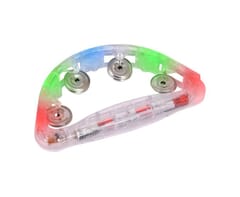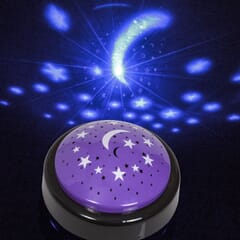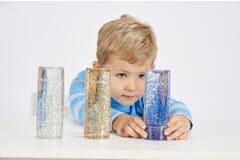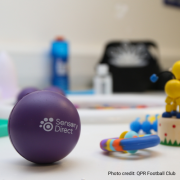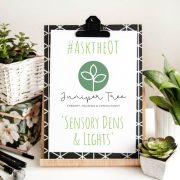Get exclusive deals you won't find anywhere else straight to your inbox.

Top Tips For Creating A Sensory Space
Creating a sensory space from scratch can be a daunting task. There are so many things to consider and different resources to choose from, which can be confusing and costly!
At Sensory Direct we want to help you get started on your journey and give you some top tips to consider when creating a new sensory space.
These tips may also help you update existing sensory spaces.
Top Tips For Creating A Sensory Space
#1 Sensory spaces don’t need to be big or permanent!
Sensory spaces don’t need to be massive and full to the brim with expensive equipment and resources to be effective.
A multi-purpose space that is also used as a conference space or meeting room, could be just as good.
With removable or pop-up resources the room can be easily re-constructed when required.
Please remember that whatever sized space you have, that you allow space for the user to move around. The room needs to be without obstruction and not feel constrained or trapped.
Some sensory resources can be quite large, so take care when designing the space, to ensure there is adequate room.
#2 Remember the intended use 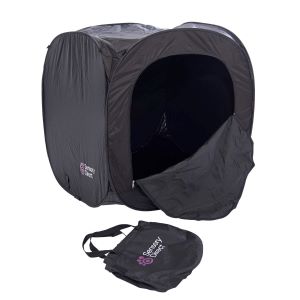
The main purpose of a sensory space is to calm, soothe, relax and enable the user to feel safe and secure.
It’s easy to overlook this, so consider the location of the sensory space.
Make sure it’s not next to any areas that can be loud, difficult to access or distressing.
Try not to overload the room with too many resources.
This will likely cause a sensory overload and defeat the main purpose – to calm and relax.
#3 Consider your target audience
Sensory spaces can be used by children and adults. It's a good idea to select a range of sensory products suitable for all ages.
Selecting resources suitable for adults can be overlooked and we know that older people would like discreet, age-appropriate resources.
#4 Hygiene is really important!
We’ll be honest with you – sensory toys are likely to get mouthed, chewed and licked.
If you intend on having permanent sensory toys and resources, it’s important to pick those that are easy to wipe clean or spot clean.
If they're fabric, you can hand wash them or pop them into a washing machine.
Maintaining effective hygiene will also help with the longevity of the products and help them last a little longer.
#5 Choose quality resources
Sensory resources and fidget toys in particular get a lot of use and can be prone to wear and tear earlier than anticipated.
It’s important to look for good-quality sensory toys and resources that have the relevant product certification (CE certification).
Regular checking for any loose parts and any wear and tear is good practise for safety. Do remember though – no toy is indestructible!
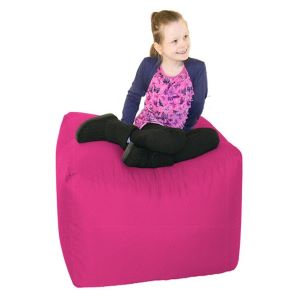 #6 Don’t be afraid to ask for help
#6 Don’t be afraid to ask for help
There are experts out there (like us at Sensory Direct) who can help you from the start of the project, right to the end.
Don’t be afraid to pick up the phone or drop us an email if you have any questions on how to get started. It’s what we’re here for!
FOR ADVICE, SUPPORT AND TO GET STARTED GET IN TOUCH
WE LOOK FORWARD TO TALKING TO YOU!
Tel: 01905 670 500
Email – admin@sensorydirect.com
Web – sensorydirect.com


